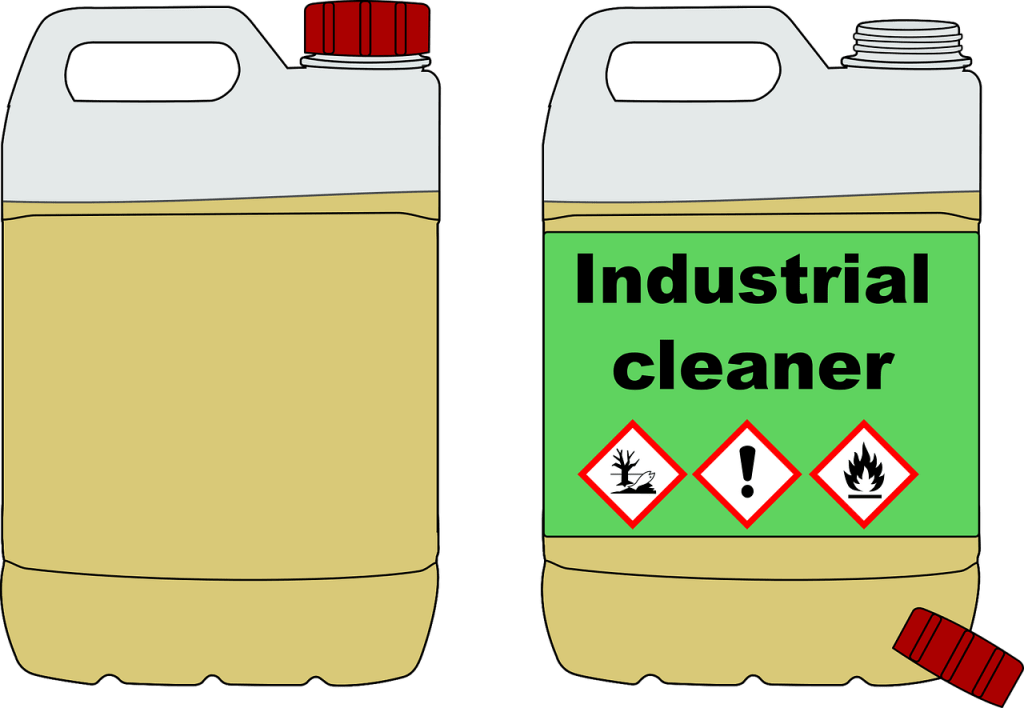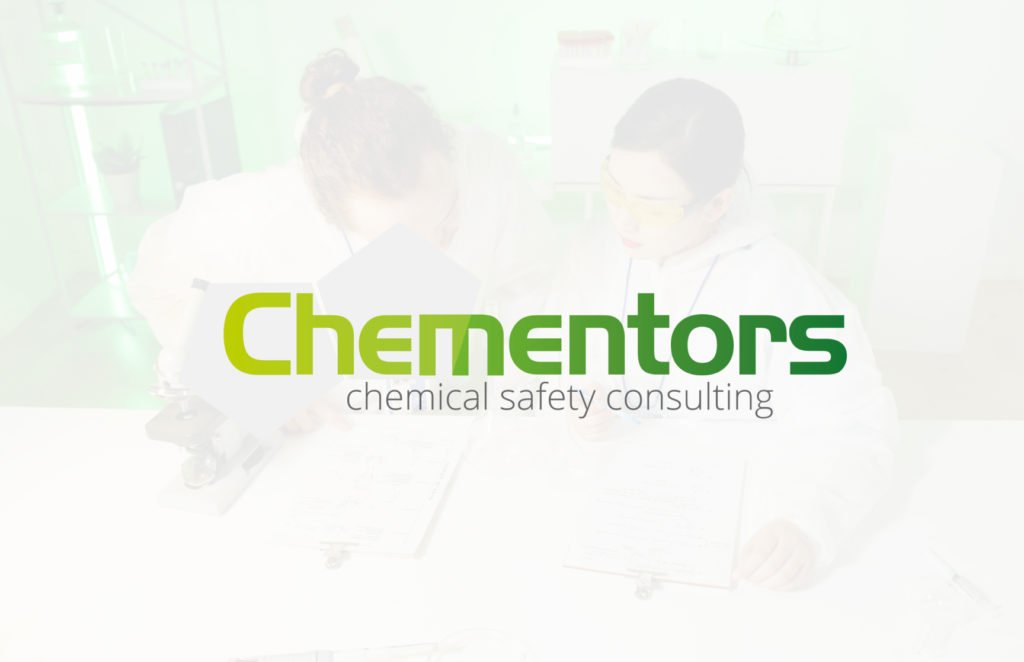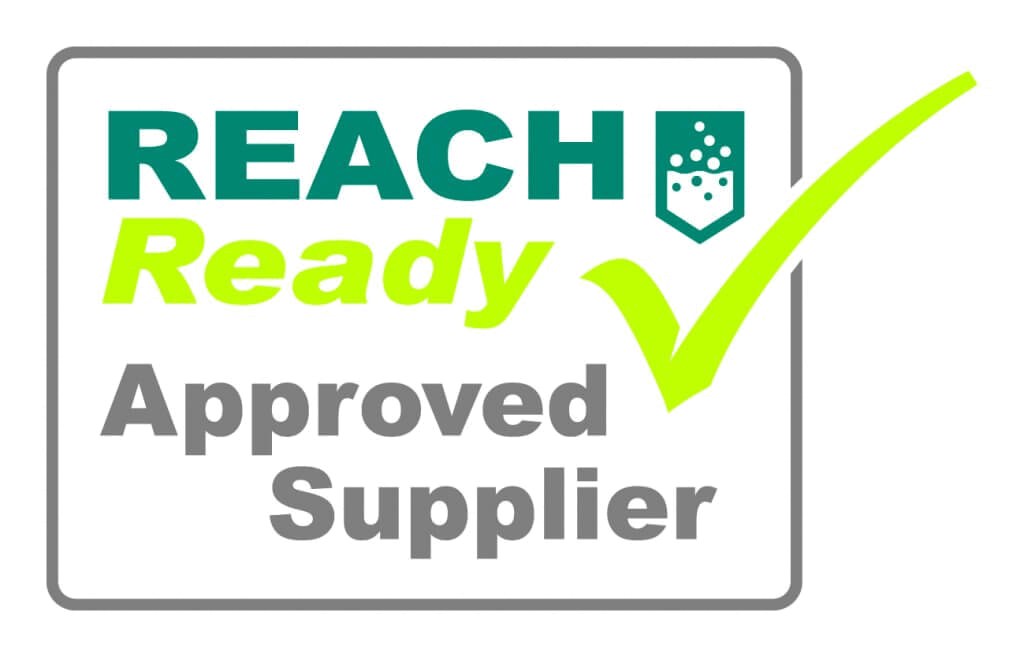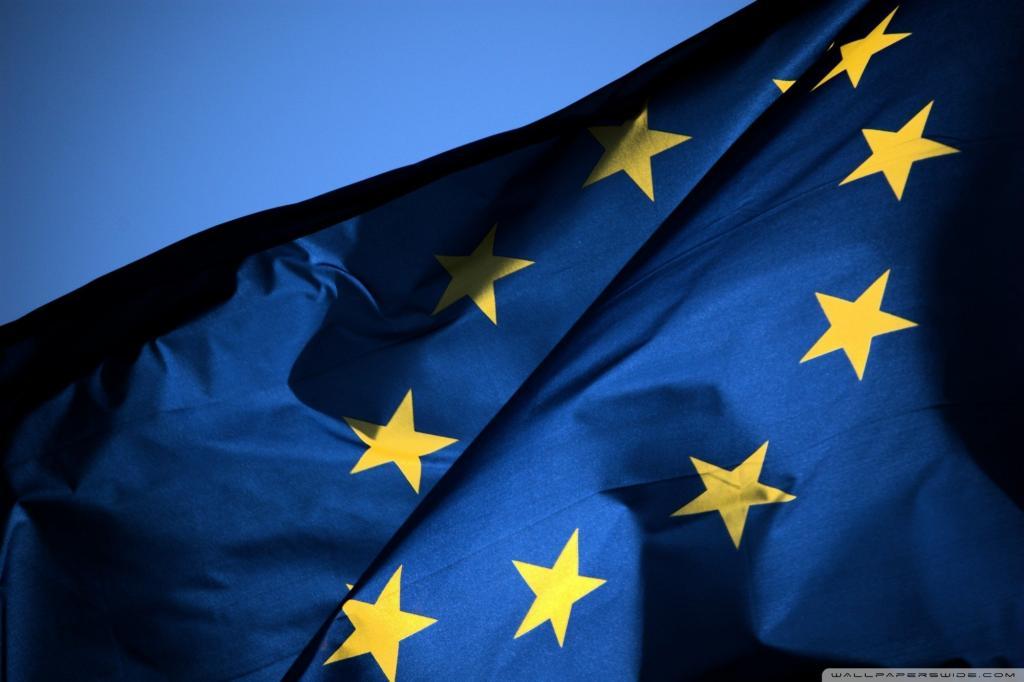ECHA adds nine hazardous chemicals to Candidate List

The Candidate List of substances of very high concern now contains 233 entries for chemicals that can harm people or the environment. Companies are responsible for managing the risks of these chemicals and must also give their customers and consumers information to use them safely. ECHA has added nine chemicals to the Candidate List because […]
SCIP database is soon ready for notifications from EEA countries

From 7 November, companies from Iceland, Liechtenstein and Norway can submit notifications on their products containing substances of very high concern to ECHA. The obligation to submit notifications to ECHA’s database of substances of concern in products (SCIP) has been extended to also cover companies supplying articles in the European Economic Area (EEA): Iceland, Liechtenstein […]
Changes have been added to the CLP regulation for harmonized classifications and labeling

The CLP regulation on classification, labeling and packaging has been updated. New substances have been added to Annex VI of the regulation, and the classifications and labels of some substances already in the annex have been changed. It is the 18th technical adaptation of the CLP regulation, i.e. the ATP18. The substances listed in Annex […]
Overview and updates of chemical management regulations in Vietnam

Chementors joined the Seminar on “Overview and updates of chemical management regulations in Vietnam” Chementors attended the Seminar on “Overview and updates of chemical management regulations in Vietnam” organized by Global Product Compliance and E&H Consulting on June 30, 2022. The seminar went through 05 main topics: Chemical management regulations in Vietnam Key issues regarding […]
Chementors at Chembio 2022 Expo

Chementors, together with Smart Chemistry Park and Green Idustry Park attended the 2022 ChemBio Finland expo in Helsinki on the 8th and 9th of June. ChemBio Finland is an event held every two years for Nordic and Baltic chemistry and biotechnology professionals. The event at Messukeskus exhibition center gathers thousands of visitors to network, to […]
Work the Nordic Way Exhibition 2022

Chementors Ltd together with Chementors SEA Co. Ltd attended the exhibition “Work the Nordic Way 2022” 1st June 2022, in Ho Chi Minh City Vietnam to promote and strengthen the Nordic Employer brand in Vietnam. The event attracted Swedish and Norwegian Ambassadors and more than 300 attendees. The Event was a great success for all […]
Four new hazardous chemicals added to the Candidate List in January 2022

Four new chemicals have been added to The Candidate List of substances of very high concern as of 17th January 2022. The Candidate List now contains 223 entries for chemicals that can harm people or the environment (SVHC). Companies are responsible for managing the chemicals safely and providing sufficient information to their customers and consumers. […]
The registration requirements for the REACH Regulation changed in January 2022

Tukes informs that the information requirements under REACH Regulation have changed starting from 8.1.2022. The amending Regulation (EC Regulation 2021/979) changed Annexes VII-XI of the REACH Regulation (EC 1907/2006), clarifying some of the information requirements and the responsibilities and roles of ECHA and operators. In addition, the general rules of the standard testing program in […]
Upcoming changes to REACH information requirements

The European Commission has revised certain information requirements for registering chemicals under REACH. The changes will start to apply in early 2022 and companies need to start preparing. ECHA will publish more advice in late 2021. The update of the REACH annexes clarifies the information companies need to submit in their registrations and makes ECHA’s […]
SCIP notifications of SVHC substances on the EU market

EU importers and EU manufacturers now have obligations according to the EU REACH Regulation ((EC) No 1907/2006) and the Waste Framework Directive (2008/98/EC) which requires the determination of chemicals contained in their products. During this process it is important to submit a SCIP notification to the European Chemical Agency (ECHA), if certain regulatory criteria are […]
